SpringCloud(二)服务治理
上一篇文章,已经解释了各个专有名词,并且确定了使用的框架:eureka、feign、hystrix、gateway,现在开始搭建完整的服务器。
SpringBoot与SpringCloud的版本号分别是: 2.1.13.RELEASE、Greenwich.SR5
SpringBoot与SpringCloud版本号是相互对应的,不了解的话,不要随意搭配,最新的SpringBoot已经是2.2,但是之前刚刚升级的2.1的SpringBoot,暂无升级计划。
EurekaServer
就像Spring的功能一样,我们用Spring管理项目中的所有Class。使用SpringCloud,也需要这样的一个容器,托管我们所有的服务,这个容器,就是EurekaServer。
完整的创建流程如下:
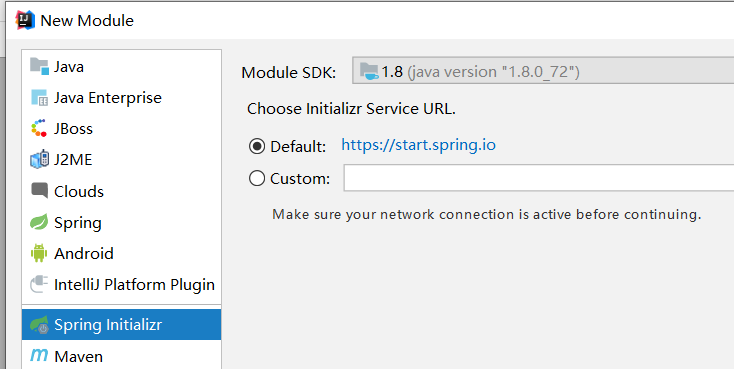
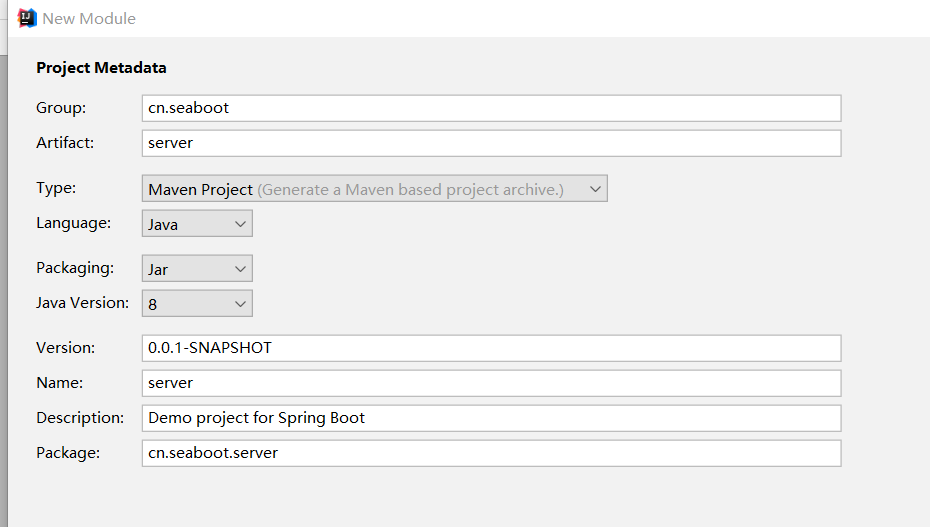
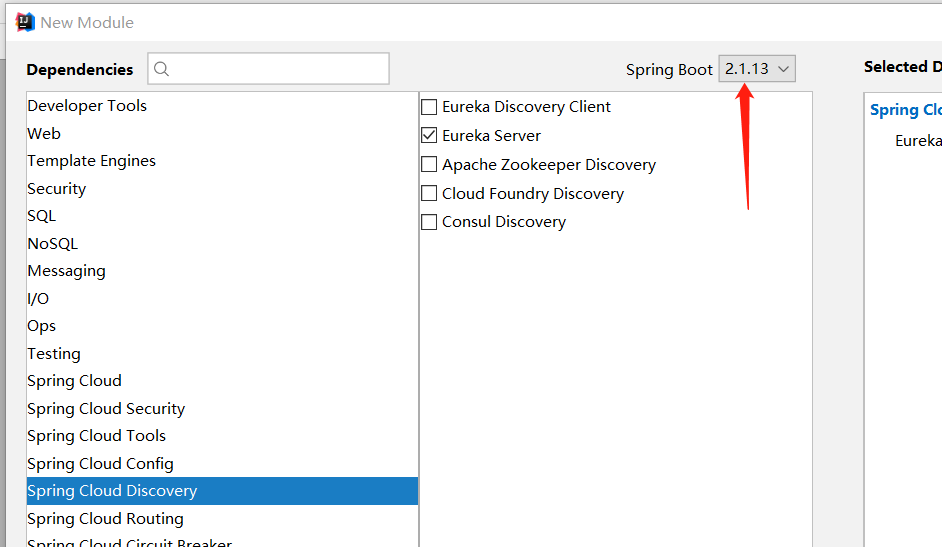
工程目录如下:
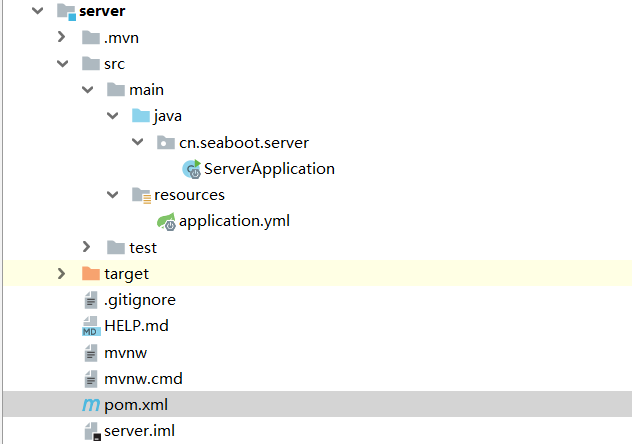
代码:
package cn.seaboot.server; import org.springframework.boot.SpringApplication; import org.springframework.boot.autoconfigure.SpringBootApplication; import org.springframework.cloud.netflix.eureka.server.EnableEurekaServer; @EnableEurekaServer @SpringBootApplication public class ServerApplication { public static void main(String[] args) { SpringApplication.run(ServerApplication.class, args); } }
Yml配置:
server: port: 8761 eureka: instance: hostname: localhost client: registerWithEureka: false fetchRegistry: false serviceUrl: defaultZone: http://${eureka.instance.hostname}:${server.port}/eureka/
Maven依赖:
<?xml version="1.0" encoding="UTF-8"?> <project xmlns="http://maven.apache.org/POM/4.0.0" xmlns:xsi="http://www.w3.org/2001/XMLSchema-instance" xsi:schemaLocation="http://maven.apache.org/POM/4.0.0 https://maven.apache.org/xsd/maven-4.0.0.xsd"> <modelVersion>4.0.0</modelVersion> <parent> <groupId>org.springframework.boot</groupId> <artifactId>spring-boot-starter-parent</artifactId> <version>2.1.13.RELEASE</version> <relativePath/> <!-- lookup parent from repository --> </parent> <groupId>cn.seaboot</groupId> <artifactId>server</artifactId> <version>0.0.1-SNAPSHOT</version> <name>server</name> <description>Demo project for Spring Boot</description> <properties> <java.version>1.8</java.version> <spring-cloud.version>Greenwich.SR5</spring-cloud.version> </properties> <dependencies> <dependency> <groupId>org.springframework.cloud</groupId> <artifactId>spring-cloud-starter-netflix-eureka-server</artifactId> </dependency> <dependency> <groupId>org.springframework.boot</groupId> <artifactId>spring-boot-starter-test</artifactId> <scope>test</scope> </dependency> </dependencies> <dependencyManagement> <dependencies> <dependency> <groupId>org.springframework.cloud</groupId> <artifactId>spring-cloud-dependencies</artifactId> <version>${spring-cloud.version}</version> <type>pom</type> <scope>import</scope> </dependency> </dependencies> </dependencyManagement> <build> <plugins> <plugin> <groupId>org.springframework.boot</groupId> <artifactId>spring-boot-maven-plugin</artifactId> </plugin> </plugins> </build> </project>
这样就创建了一个具备最基础功能的注册中心。访问:http://localhost:8761/ ;即可查看到Eureka的管理界面(截图最后面已经给出)。
EurekaClient
创建一个空的容器,似乎没什么意义,这里,我们创建我们的第一个服务,过程与Server基本相同。
EurekaClient就像Spring中托管的一个个Class,需要注册到容器中,才能被其它服务调用。
修改Maven依赖:
<dependency> <groupId>org.springframework.cloud</groupId> <artifactId>spring-cloud-starter-netflix-eureka-client</artifactId> </dependency> <dependency> <groupId>org.springframework.boot</groupId> <artifactId>spring-boot-starter-web</artifactId> </dependency>
修改主函数的注解:
package cn.seaboot.client; import org.springframework.boot.SpringApplication; import org.springframework.boot.autoconfigure.SpringBootApplication; import org.springframework.cloud.netflix.eureka.EnableEurekaClient; @EnableEurekaClient @SpringBootApplication public class ClientApplication { public static void main(String[] args) { SpringApplication.run(ClientApplication.class, args); } }
Yml配置:
这里,我们将第一个服务,命名为client-a,并且,配置了我们注册中心的地址。
eureka: client: serviceUrl: defaultZone: http://localhost:8761/eureka/ server: port: 8762 spring: application: name: client-a
写两个接口用于测试,可以添加其它函数,测试不同的功能:
package cn.seaboot.client.ctrl; import cn.seaboot.client.service.HelloService; import org.springframework.web.bind.annotation.GetMapping; import org.springframework.web.bind.annotation.RequestParam; import org.springframework.web.bind.annotation.RestController; import javax.annotation.Resource; /** * @author Mr.css * @date 2020-03-05 */ @RestController public class HelloController { @Resource HelloService helloService; @GetMapping(value = "/hi") public String hi(@RequestParam String name) { return helloService.hiService( name ); } @GetMapping(value = "/hello") public String sayHello(@RequestParam String name) { return helloService.sayHello(name); } } package cn.seaboot.client.service; import org.springframework.stereotype.Service; /** * @author Mr.css * @date 2020-03-05 */ @Service public class HelloService { public String hiService(String name) { return "参数是:" + name; } public String sayHello(String name) { try { Thread.sleep(5000); } catch (InterruptedException e) { e.printStackTrace(); } return "say hello"; } }
测试接口:
管理页面:http://localhost:8761/
接口测试:http://localhost:8762/hello?name=1
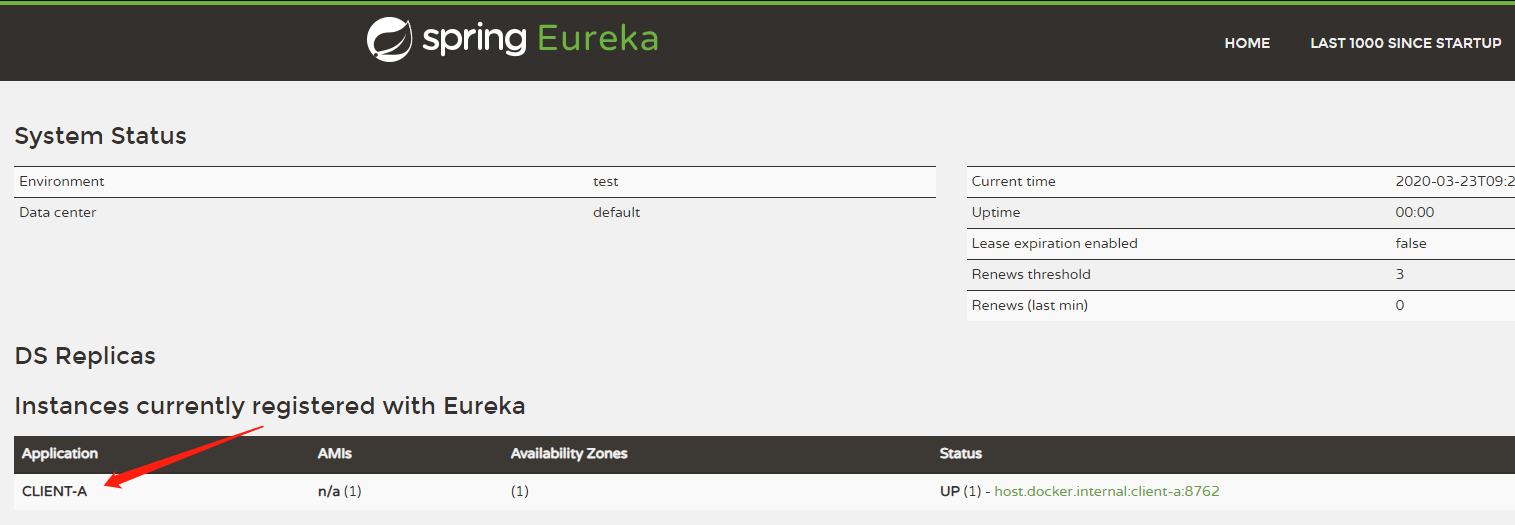
这篇文章的内容,相当于程序员的第一课,写一个HelloWorld,虽然不具备实用价值,却是我们拥抱Cloud的第一步。
现在只是注册了服务,还没调用起来,就像Spring,我们已经写好了@Service注解,还没调用它。
Cloud中不使用@Resource,而是通过Feign,下篇文章介绍一下Feign的基本用法。







【推荐】国内首个AI IDE,深度理解中文开发场景,立即下载体验Trae
【推荐】编程新体验,更懂你的AI,立即体验豆包MarsCode编程助手
【推荐】抖音旗下AI助手豆包,你的智能百科全书,全免费不限次数
【推荐】轻量又高性能的 SSH 工具 IShell:AI 加持,快人一步
· 开发者必知的日志记录最佳实践
· SQL Server 2025 AI相关能力初探
· Linux系列:如何用 C#调用 C方法造成内存泄露
· AI与.NET技术实操系列(二):开始使用ML.NET
· 记一次.NET内存居高不下排查解决与启示
· 开源Multi-agent AI智能体框架aevatar.ai,欢迎大家贡献代码
· Manus重磅发布:全球首款通用AI代理技术深度解析与实战指南
· 被坑几百块钱后,我竟然真的恢复了删除的微信聊天记录!
· 没有Manus邀请码?试试免邀请码的MGX或者开源的OpenManus吧
· 园子的第一款AI主题卫衣上架——"HELLO! HOW CAN I ASSIST YOU TODAY